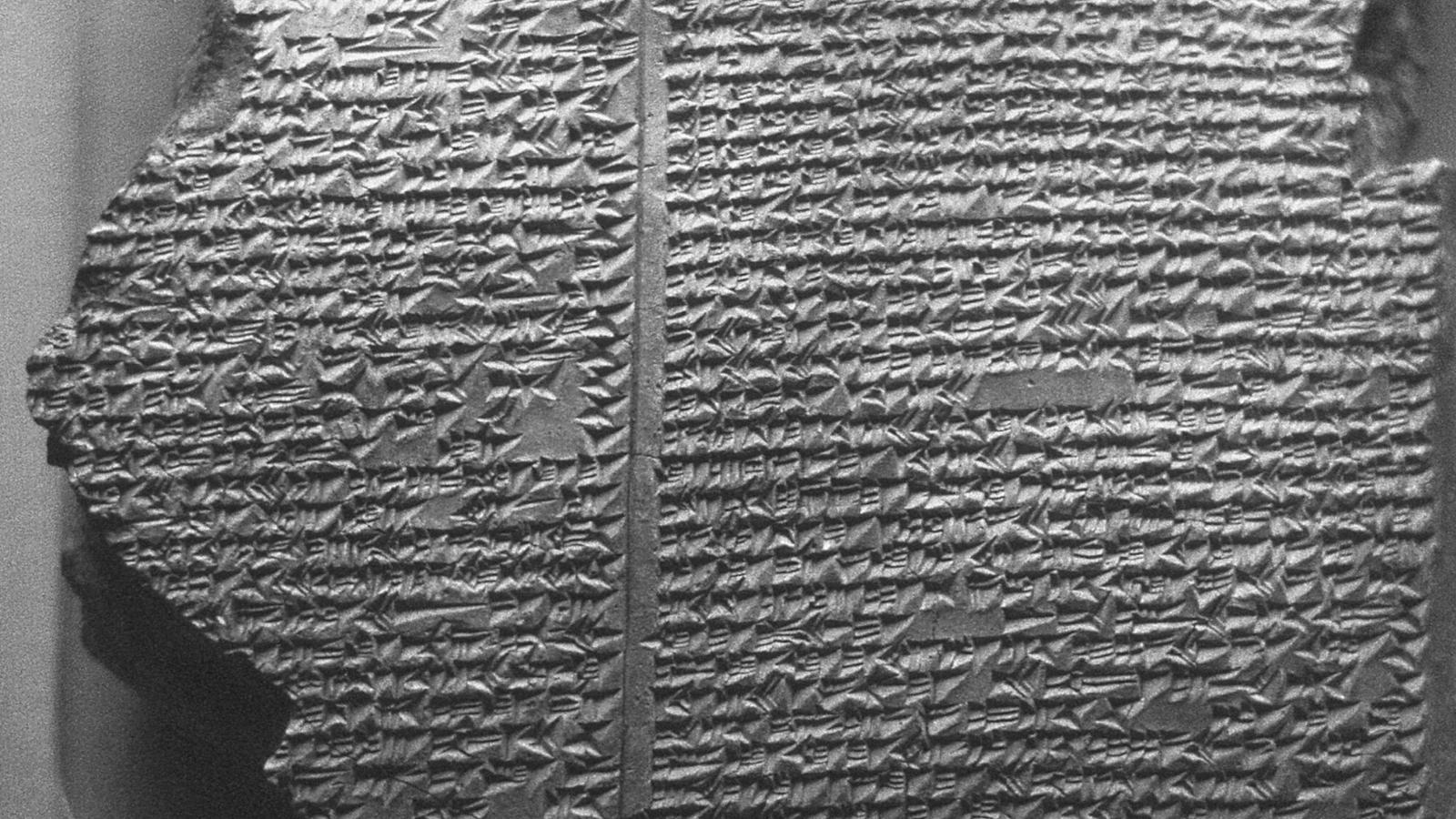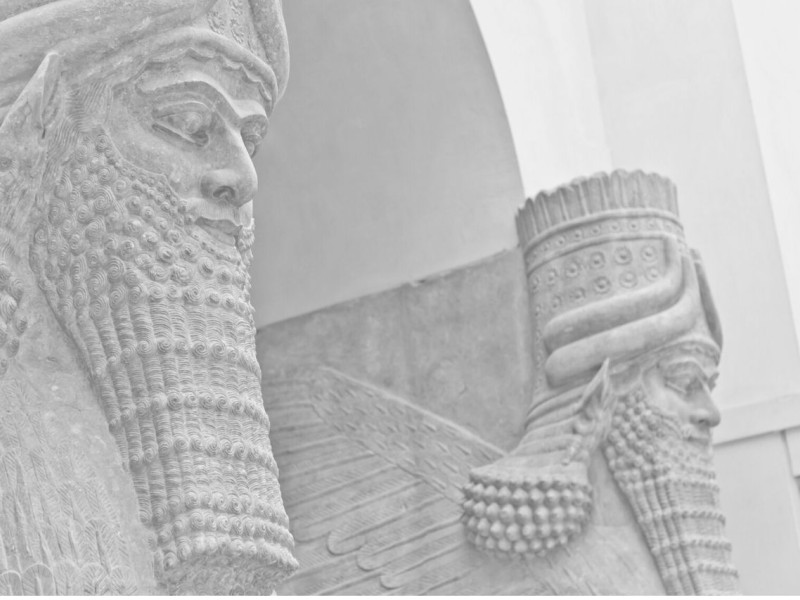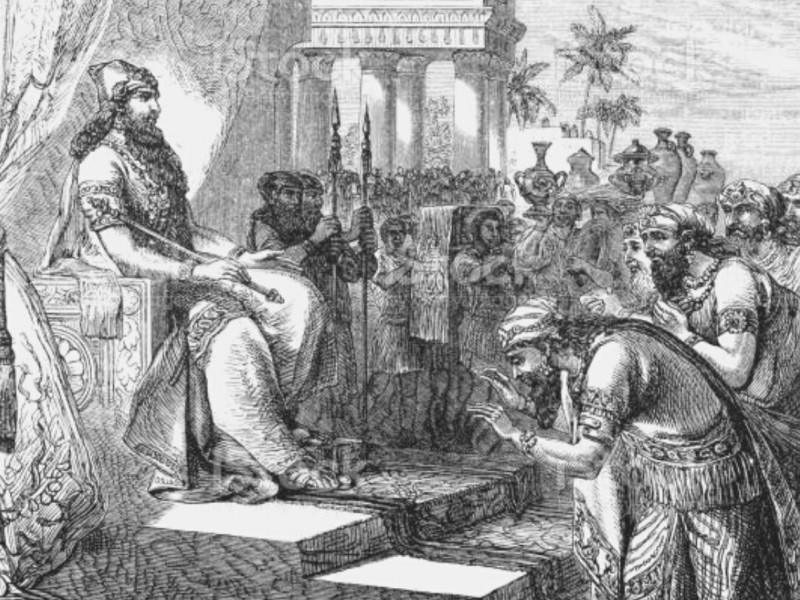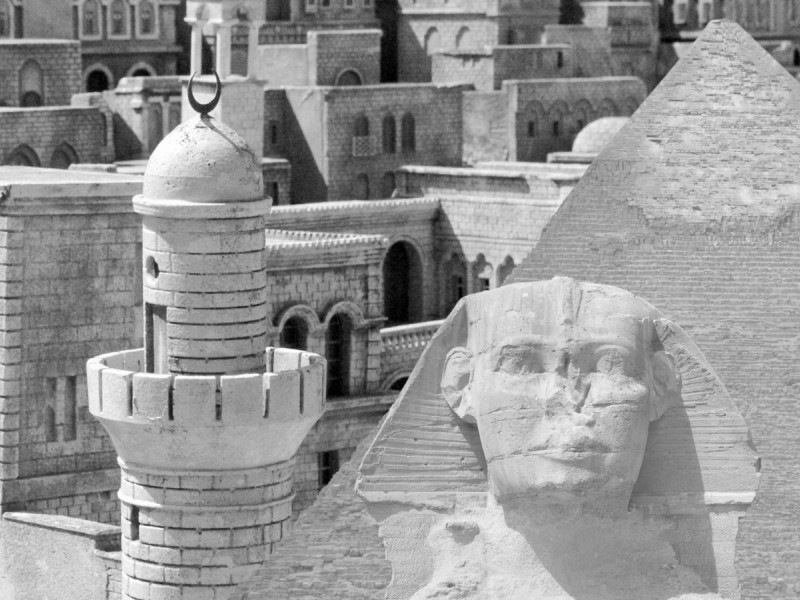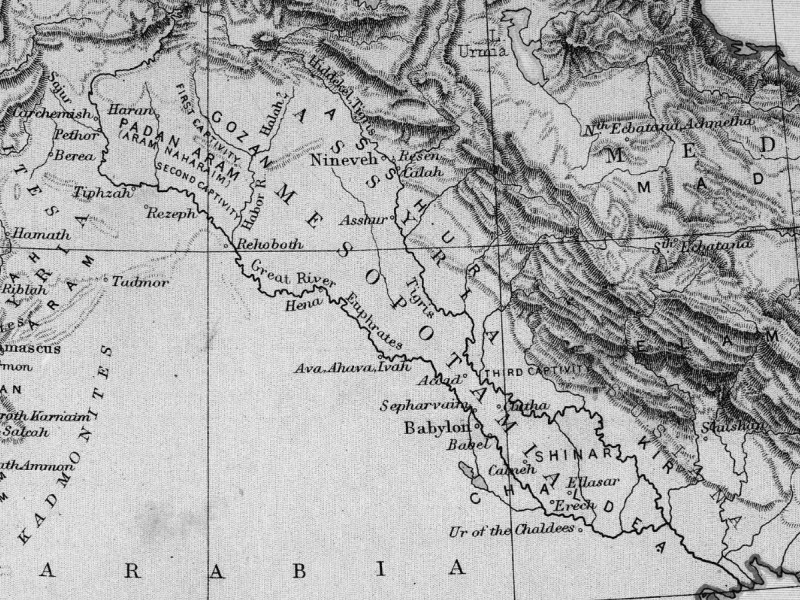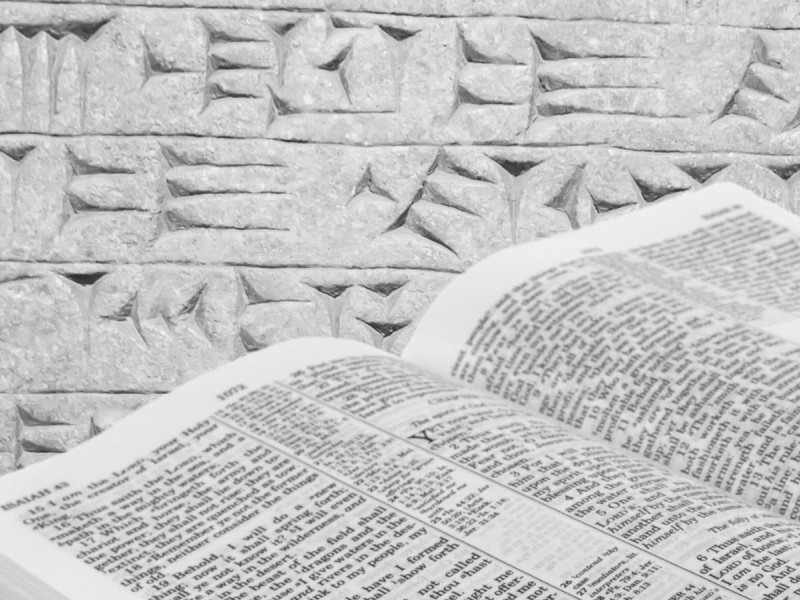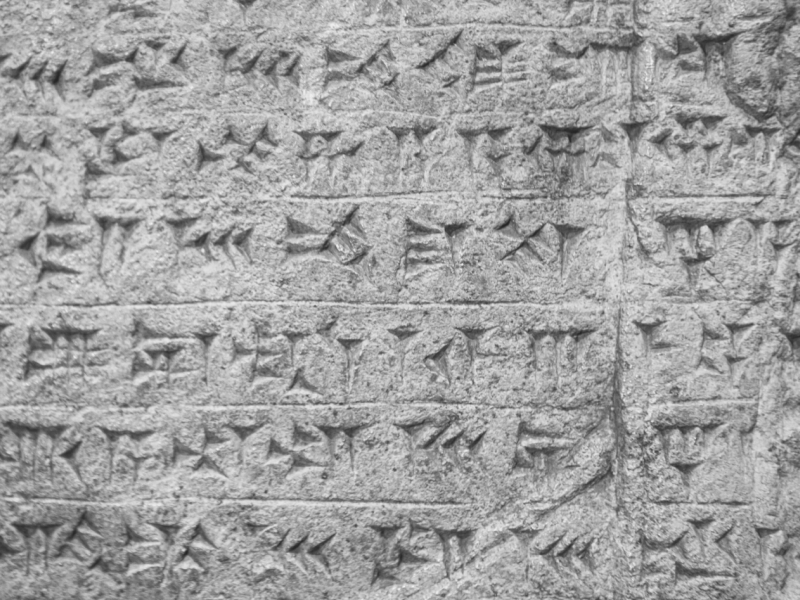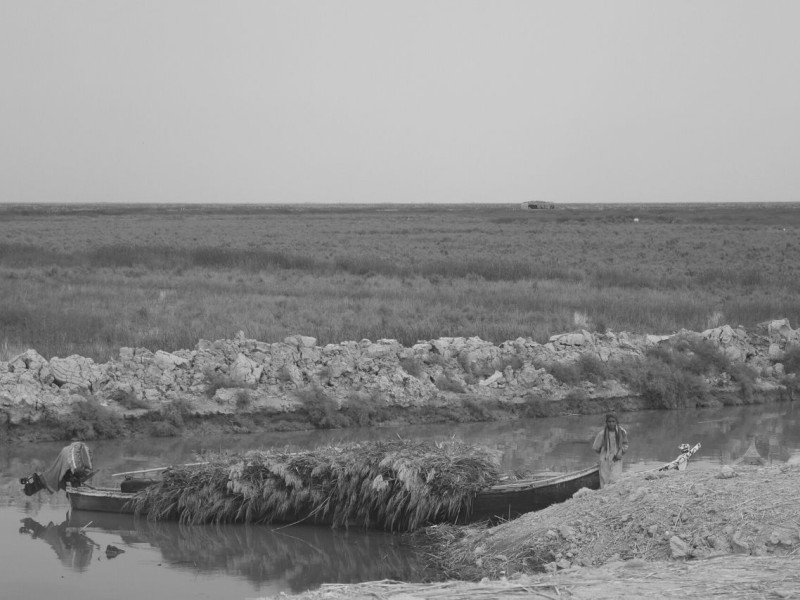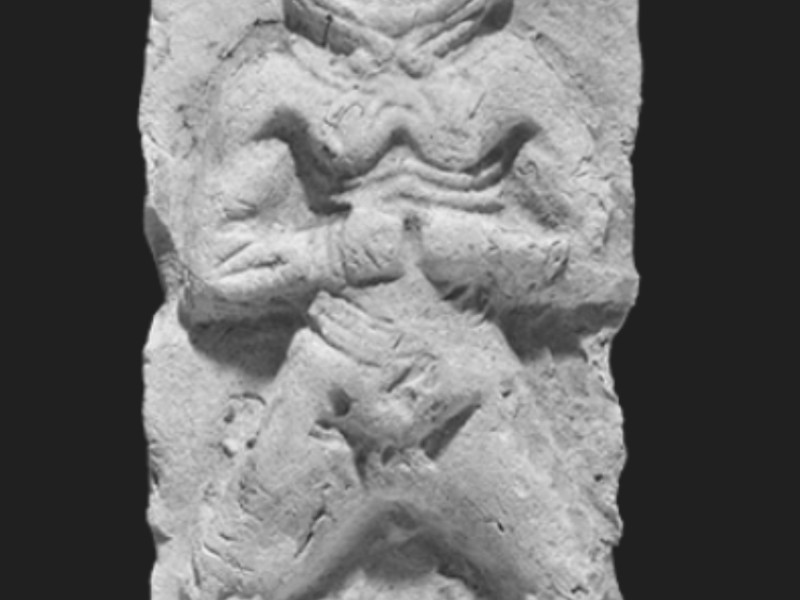What Does the Epic of Gilgamesh Reveal About Mesopotamian Civilization?
The Epic of Gilgamesh is considered the oldest surviving piece of literature in the world. There are so many lessons taught through Gilgamesh’s journey that ring true today. However, we should start by asking the question “what does the Epic of Gilgamesh reveal about Mesopotamian civilization?”
Read on to learn more about the Epic of Gilgamesh and how it impacted ancient Mesopotamian values.
How Does the Epic of Gilgamesh Reflect Mesopotamian Culture?
Just like the Enuma Elish reflects how the Mesopotamians thought about kingship, the Epic of Gilgamesh’s cultural values were evident throughout Mesopotamian society.
These cultural values include:
Ultimate respect for the gods: The Mesopotamians believed the gods were in ultimate control of their civilization’s future. They feared offending the gods. Losing the divine favor of the gods could impact their lives in the form of war, destructive weather, plague, and other disasters.
The importance of a capable ruler: We meet Gilgamesh early in his rule, and he is a spiteful and uncaring king. He did not recognize the importance of his role, but he learns to rule in a way that honors the gods will and treats his subjects fairly.
Anxiety, uncertainty, and pessimism: The Mesopotamians have a reputation for being pessimistic. Southern Mesopotamia, where the epic tale originated, was plagued with instability from the violent flooding and intercity conflict. They believed they were suffering because they offended the gods in some way.
High regard for knowledge and wisdom: The Epic of Gilgamesh shows us that the Mesopotamians encouraged learning and personal development. Gilgamesh becomes virtuous only after finding wisdom.
Gilgamesh: A Brief Summary of Cultural Lessons
We begin the Epic of Gilgamesh in Mesopotamia. More specifically, the story starts in Uruk, where Gilgamesh ruled as king. Gilgamesh was a brutal and arrogant king early in his reign. He harassed and provoked young men and then slept with their brides. To help the people of Uruk, the gods created Enkidu to oppose Gilgamesh.
Enkidu is a man but is described as a muscular, hairy, animal-like creature. He is friends with animals, and he freed animals from hunters’ traps. One angry hunter hires Shamhat, a prostitute, to stop Enkidu. Shamhat deceives Enkidu, and as a result, Enkidu stops behaving like a wild animal.
The Mesopotamians believed that all humans were servants to the gods. But, the king was most responsible for doing the gods’ will on earth. The gods rewarded civilization ruled by a just and capable king. They punished those led by a king who was selfish and unfair.
According to Sumerian records, Gilgamesh was, in fact, a real, historical king of Uruk. Scholars estimate that Gilgamesh ruled the city of Uruk between 2700 and 2800 BCE. The epic may have been written to teach future Sumerian kings about the importance of being a good example.
Gilgamesh and Enkidu: A Troublesome Duo
When Enkidu arrives in Uruk, he and Gilgamesh square off. They wrestle and ultimately become friends after recognizing one another’s strengths and skills.
Enkidu agrees to accompany Gilgamesh on his missions. Together, they slay Humbaba, guardian of the cedar forest, and later the Bull of Heaven sent by Ishtar, the goddess of love and war.
The gods curse Enkidu and sentence him to death for killing Humbaba and the Bull of Heaven. Growing weaker and weaker, Enkidu finally dies. Enkidu’s death drives Gilgamesh mad with sorrow.
Upon realizing that he, too, will die one day, Gilgamesh decides that he must search for eternal life.
How Gilgamesh and Enkidu Influenced the Mesopotamians
The first half of the epic demonstrates Gilgamesh’s contempt and disrespect for the gods. Because the gods control the heavens and earth, they could easily rain chaos upon the Mesopotamians. The gods in the Epic of Gilgamesh swiftly punish Enkidu for his misdeeds and force Gilgamesh to recognize their ultimate power.
For the Mesopotamians, the Epic of Gilgamesh became a warning about the gods’ supreme ability to control their lives. For example, surviving texts indicate that the Mesopotamians believed that upset gods and goddesses brought the frequent flooding experienced on the Tigris and Euphrates.
They also believed the gods created war and political tension when their human subjects failed to perform rituals correctly. Knowing that the gods held this influence over them made the average Mesopotamian very anxious and fearful.
Searching For Immortality: The Impossible Quest
Gilgamesh flees Uruk, traveling for days to the edge of the world. He reaches an immense sea.
On the shore, he decides to rest at a tavern run by a divine barmaid named Siduri. Gilgamesh tells Siduri about his love for Enkidu, the intense grief following Enkidu’s death, and his quest to find immortality.
Gilgamesh tells her that he understands that Enkidu is gone forever and that he eventually must die, too. Siduri offers wisdom in return, encouraging Gilgamesh to celebrate life’s everyday pleasures instead.
Siduri tells Gilgamesh:
“Gilgamesh, where are you going? The life you’re looking for you’ll never find. When the gods made man, death is what they reserved for him, but saved life for themselves.”
Again, the epic reminds us that the gods are the only ones powerful enough to influence life and death. The tale also reminds us that death is, unfortunately, a fact of life.
For the Mesopotamians, death meant eternal existence in a dark, gloomy afterlife, without any special privileges. Siduri’s words reminded them to be grateful for the life they had on earth.
Utnapishtim’s Test For Gilgamesh and the Journey Home
Despite Siduri’s advice, Gilgamesh still wants to find Utnapishtim, the survivor of The Great Flood, to whom the gods granted eternal life. Siduri tells Gilgamesh that the ferryman, Urshanabi, can take him across the sea and through the Waters to Death to Utnapishtim.
Gilgamesh finds Utnapishtim, and Utnapishtim tells Gilgamesh about The Great Flood. Ea, the god of freshwater, warns Utnapishtim of the flood and tells him to build an ark and rescue himself, his family, and other creatures. To ask for forgiveness after the flood, the gods granted eternal life to Utnapishtim and his wife.
Utnapishtim then tests Gilgamesh to decide whether he deserves immortality. He tells Gilgamesh to remain awake for six days and seven nights, but Gilgamesh fails the test. Utnapishtim angrily sends him away. But, after his wife urges him to show compassion, Utnapishtim tells Gilgamesh about a plant at the bottom of the sea that can restore youth.
Gilgamesh retrieved the plant from the seafloor, but a serpent later steals it. Gilgamesh lost both eternal life and eternal youth. He mourns the loss but knows he must return to his glorious city of Uruk. The epic ends with Gilgamesh pointing out to Urshanabi the great and mighty walls of Uruk, which he is responsible for building.
The Epic of Gilgamesh: Important Themes in Review
In both ancient and modern cultures, the significance of the Epic of Gilgamesh is considerable. Gilgamesh survived centuries because it teaches us universally relevant lessons. Among the most prevalent themes are the importance of growth, development, and knowledge, the uncertainty of life, and the inevitability of death.
Additionally, the Epic of Gilgamesh gives us insight into Mesopotamian religion and its impact on other cultures.
The Importance of Growth, Seeking Knowledge, and Virtuous Kingship
We first meet Gilgamesh when he is a rude and thoughtless leader. But, selfishness was not an acceptable reason for the gods to strip him of his power. Instead, they create Enkidu to challenge Gilgamesh and remind him that no man is as powerful as the gods.
Before Enkidu, Gilgamesh sought satisfaction from exercising his power over his subjects. The gods sent Enkidu as an adversary, but they became loyal friends to each other. Because he was as strong and skillful as Gilgamesh, Enkidu taught Gilgamesh humility.
Devastated by Enkidu’s death, Gilgamesh searched for immortality even though it was a foolish and impossible task. Through the journey, Gilgamesh finds knowledge and returns home with wisdom. After losing both eternal life and eternal youth, Gilgamesh evolves, putting his foolish habits behind him.
Gilgamesh’s personal growth represents the importance of virtuous kingship for every Mesopotamian king that followed him. The Mesopotamians believed that the king was an earthly surrogate of the gods.
If the king carried out their will, the gods protected the civilization from chaos. Selfishness and undue cruelty by the king put the entire society in jeopardy.
Immortality Is Impossible
The theme most apparent in The Epic of Gilgamesh is the inevitability of death. Most of the story discusses Gilgamesh’s fear of death. Gilgamesh wanted to avoid death because he loved and cared for his friend Enkidu, but also because he saw Enkidu as his equal.
Enkidu was as big, strong, and powerful as Gilgamesh, but he still died. In his quest for eternal life following Enkidu’s death, Gilgamesh came to understand that it’s impossible to escape death and the desolate underworld.
On the bright side, there are plenty of reasons to enjoy life on Earth. Shamash tells Enkidu to be grateful for bread, beer, clothing, and shelter. Siduri reminds Gilgamesh that he can still rest and go home to his wife who will care for him.
The epic concludes that the only way to achieve immortality is by ensuring that the living remember you. For Gilgamesh, he realizes that he achieved immortality in the great walls of his city. Ironically, as historian Stephen Bertman noted, Gilgamesh succeeded in his quest after all because we still read his story today.
Religion and the Epic of Gilgamesh
Scholars note the religious importance of the Epic of Gilgamesh, because the story involves a mortal whose life is altered forever by divine intervention. And, we can see Gilgamesh in other religious tales. For example, The Great Flood described in the Epic of Gilgamesh is undeniably similar to the flood described in the Bible.
In fact, multiple ancient societies wrote about a massive, civilization-destroying flood. From studying these ancient texts, Historians believe that the Great Flood first detailed in the Epic of Gilgamesh was the same flood that other civilizations described.
Though it contains morals and values typically found in religious literature, we lack evidence that the ancient Mesopotamians used the Epic of Gilgamesh for religious purposes. As far as we know, the Mesopotamians read and recited the epic for entertainment. Nonetheless, the religious similarities across cultures show us that the Epic of Gilgamesh influenced many people in its day.
Key Takeaways
The importance of the Epic of Gilgamesh cannot be overstated.
While the tale continues to teach us lessons today, these are among the more essential to the ancient Mesopotamians:
The gods control all matters in heaven and on earth. No matter how hard anyone tries, they cannot thwart the gods’ will
Keeping the gods’ favor was seen as a matter of life or death importance to the Mesopotamians
Gilgamesh had to find wisdom to become a better ruler. The Mesopotamians encouraged growth and development for the individual and society
A just and fair ruler could maintain divine favor and protect society from chaos
Because death was inevitable, the Mesopotamians were encouraged to appreciate what they had
As we mentioned earlier, the Epic of Gilgamesh lives on in history as it is relevant in many ways today. We hope that this relevance of the epic through the centuries was highlighted and that you managed to get all the information you needed.


